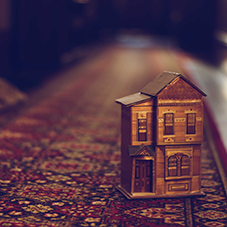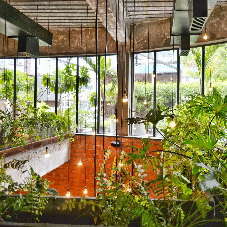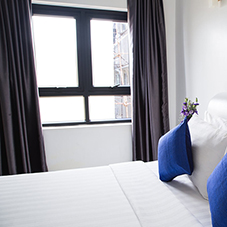Fire doors are a lifeline. When properly fitted and properly cared for they give vital minutes for people to safely escape from fire and smoke. They can provide an escape route in the event of an emergency and separate zones to help keep a fire contained, buying valuable time for building occupants to evacuate. So how do you specifying a fire door? This blog looks into what you need to keep an eye out for.
What is a fire door?
Fire doors act as a barrier to a flame and smoke, cutting off and protecting parts of a building. A door must pass a standard test in order to achieve a fire rating and become certified for use as a fire door.
What tests does a fire door need to pass?
The testing should be undertaken by independent test body in accordance to British or European Standards – the doors must be tested to BS 476 Part 22 or BS EN 1634. If successful, a door passing a test will gain a certificate of performance (CoP).
Are the components tested?
It is vital to choose the right hinges, seals etc. and also to make sure they are CE marked and compatible with other products being specified. For example, incorrect hinges may cause a door to drop over time and thereby fail to provide the required protection from fire.
Check the door frames.
Have the correct doorframes been specified? The frames are as important as the hinges and may cause the door to provide insufficient protection.
What are the key elements in a specification?
An ideal specification will set out requirements for:
• An FD30s (fire and smoke tested for up to 30 minutes) door set with third party certification for fire compliance
• A design scope that fully captures the client’s requirements and the door features that they have requested
• A PAS023/24 tested door set that includes the cut through test for thumbturm cylinders, again with independent certification and within the Secured by Design approved scope
Was this helpful? Check out more articles in our Windows & Doors Hub.
Related Blog Articles












